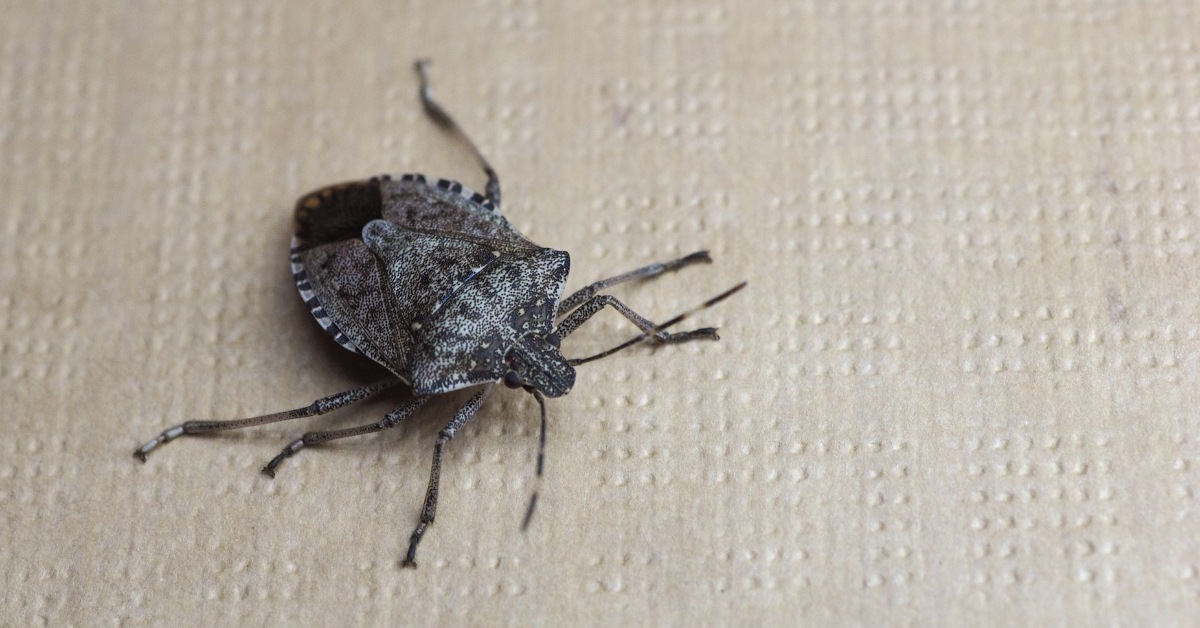How to Get Rid of Stink Bugs
Stink bugs, notorious for the foul odor they emit when threatened or squashed, have become a household nuisance. As seasons transition, these unwelcome guests seek refuge in the comfort of our homes, not just bringing along an unpleasant aroma but posing a threat to our cherished gardens. This comprehensive guide unfolds a series of effective strategies on how to get rid of stink bugs and reclaim a fresh and serene living space.
Understanding Stink Bugs
A vital step towards solving a problem is understanding it. Stink bugs, belonging to the family Pentatomidae, are relatively easy to identify thanks to their unique shield-shaped bodies. Their invasion into homes is primarily a quest for warm shelter as the temperatures outside drop. Let’s delve deeper into their basic characteristics, behaviors, and reasons behind their home invasion.
How to Recognize Stink Bugs
Stink bugs possess a distinctive shield-like appearance, making them relatively easy to spot. They are about ½ to ¾ of an inch long with a broad, triangular back. Their color spectrum ranges from brown to green, with some species exhibiting a grayish hue.
Behavior and Habitats
Predominantly outdoor insects stink bugs thrive in gardens and orchards, feeding on fruits, vegetables, and other plant materials. This feeding habit can lead to significant agricultural losses. With winter’s approach, they seek warmer shelters, which often directs them indoors.
Why Are There So Many Stink Bugs In Homes?
Escaping the cold weather is the primary motivation behind their home invasion. Stink bugs can sneak into homes through cracks, crevices, and other small openings. Once inside, they find solace in dark, undisturbed areas like attics, crawl spaces, or behind baseboards.



The proliferation of stink bugs, particularly the Brown Marmorated Stink Bug (BMSB), which is an invasive species from Asia, can be attributed to several factors:
- Lack of Natural Predators:
In regions where they are invasive, such as North America, stink bugs have fewer natural predators to keep their populations in check. This allows their numbers to grow and spread relatively uncontrolled. - Climate:
Stink bugs tend to thrive in temperate climates. The changing climate conditions in some regions may favor stink bug proliferation. - Reproduction Rate:
Stink bugs have a high reproductive rate. A single female stink bug can lay hundreds of eggs in one season, rapidly increasing its population. - Adaptability:
Stink bugs are highly adaptable creatures. They can thrive in various environments and feed on various plants and crops. - Resistance to Pesticides:
Some stink bugs have resisted common pesticides, making control measures less effective and allowing populations to grow. - Human-Mediated Spread:
The spread of stink bugs is also facilitated by human activities. For example, they can hitch rides on vehicles, shipments, and personal belongings, spreading them to new areas. - Availability of Food Sources:
Stink bugs are generalists in their diet, feeding on various fruits, vegetables, and other plants. The abundance of food sources can support large populations of stink bugs. - Ability to Overwinter:
Stink bugs can find shelter and survive through winter in buildings and other structures, which protects them from harsh weather conditions and allows them to re-emerge and reproduce when the weather warms.
Implementing a multi-faceted control strategy that includes monitoring, physical barriers, and possibly using chemicals or biological control agents can help manage stink bug populations and mitigate their impact.
Home Remedies To Get Rid Of Stink Bugs
An ounce of prevention is worth a pound of cure. Adopting a proactive stance can help keep stink bugs at bay, saving you from the hassle and discomfort they bring.
Sealing Entry Points
Stink bugs are adept at finding their way into homes through various openings. Sealing these entry points is a crucial step in stink bug prevention.
Windows and Doors:
- Ensure your windows and doors are sealed tightly.
- Replace damaged screens, weather stripping, and caulk any gaps or cracks that might allow stink bugs to enter.
Vents and Utility Openings:
- Cover vents with fine mesh screens.
- Seal around utility openings such as outdoor plumbing and gas lines to deter stink bugs from gaining access.
Garden Maintenance
Your garden could either deter or invite stink bugs. Proper maintenance can significantly minimize the likelihood of a stink bug invasion.
Choosing Less Attractive Plants:
- Stink bugs are attracted to certain plants. Opt for less appealing plants or place attractive plants further from your home to minimize risk.
Regular Trimming and Cleaning:
- Regularly trim your trees and shrubs, and clean up any garden debris.
- This will reduce the number of hiding and breeding spots for stink bugs in your yard.
What Kills Stink Bugs Instantly?
Eliminating stink bugs can be delicate, given their notorious odor when crushed. However, several methods can effectively kill or control them instantly without causing them to release their odor:
- Insecticidal Soap:
An insecticidal soap solution sprayed directly onto stink bugs can kill them instantly or shortly after contact. It’s a safer alternative to harsh chemicals. - Diatomaceous Earth:
Spread food-grade diatomaceous earth around areas where stink bugs congregate. The powder dehydrates and kills the bugs upon contact, although it may not be an instant solution. - Neem Oil:
Neem oil is a natural pesticide that can be effective against stink bugs. Spray it directly onto the bugs to kill them. - Commercial Insecticides:
There are several commercial insecticides available that can kill stink bugs on contact. However, they should be used cautiously, following the manufacturer’s instructions carefully. - Pyrethrin-based Insecticides:
Pyrethrin-based products are derived from chrysanthemum flowers and can be effective against stink bugs. They target the bugs’ nervous system and cause immediate paralysis and death. - Alcohol Spray:
A spray solution containing 70% alcohol can also kill stink bugs instantly when sprayed directly onto them. - Vacuuming:
Although it doesn’t kill them instantly, a vacuum can be used to collect stink bugs. Dispose of the bag or contents in a sealed bag in an outdoor trash can to prevent them from returning indoors. - Hot Water:
Dunking stink bugs into hot water can kill them instantly. This can be a practical solution if you can collect the bugs.
It’s essential to consider the safety and environmental implications of any control method you choose. It’s often advisable to opt for non-chemical methods or use chemicals as a last resort, always following local regulations and guidelines. If a stink bug infestation is significant, consulting a professional pest control operator for assistance might be wise.
Embarking to rid your home of stink bugs can initially seem daunting. However, a battle can certainly be won with the right knowledge and tools. The key lies in adopting a holistic approach—from understanding the behavior of stink bugs, taking preventative measures to seal entry points and maintain your garden, to choosing the right control methods that align with your comfort and safety considerations.
It’s prudent to start with non-chemical methods such as mechanical removal, traps, or natural repellents and only escalate to chemical solutions if the infestation persists. And remember, there’s no shame in calling a professional if the situation gets out of hand. Pest control experts have the experience and resources to deal with stink bugs efficiently, providing a quick and thorough solution.
While it might take some time and effort, achieving a stink-bug-free home is within reach. Following the strategies outlined in this guide, you’re on your way to reclaiming a comfortable, serene, and stink-bug-free living environment. So, take action, be patient, and look forward to a home free of the olfactory assaults of stink bugs.
Lastly, share your experiences and this guide with neighbors and the community. Collective action and shared knowledge are powerful tools in keeping our homes and neighborhoods free from stink bugs. The more we learn and act together, the easier it becomes to keep these pesky intruders at bay.
Now, with a clear plan in mind, it’s time to bid farewell to stink bugs and welcome back the joy of a pest-free home!

